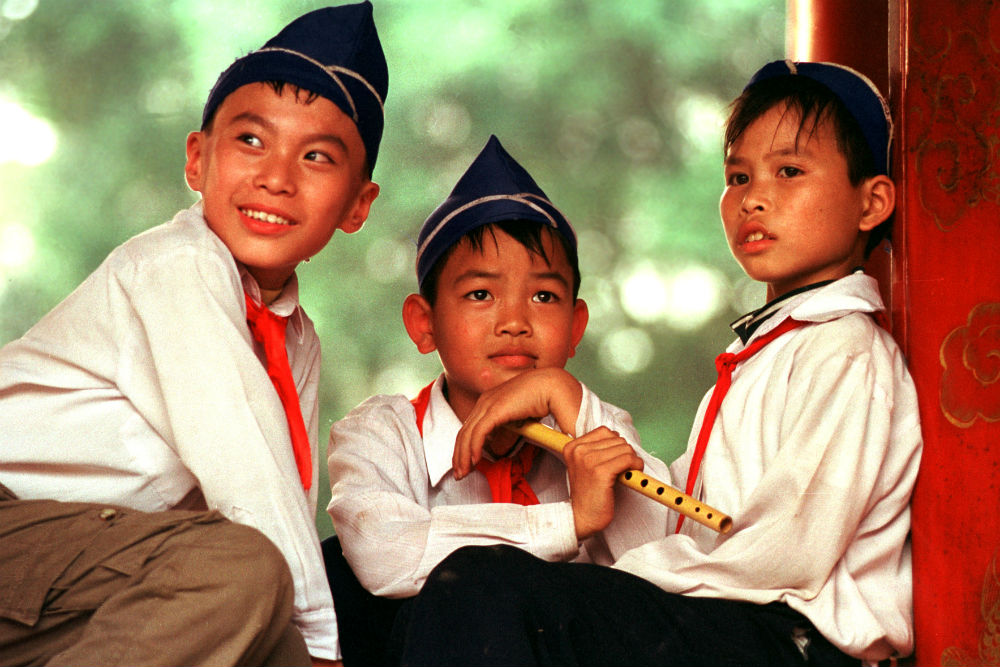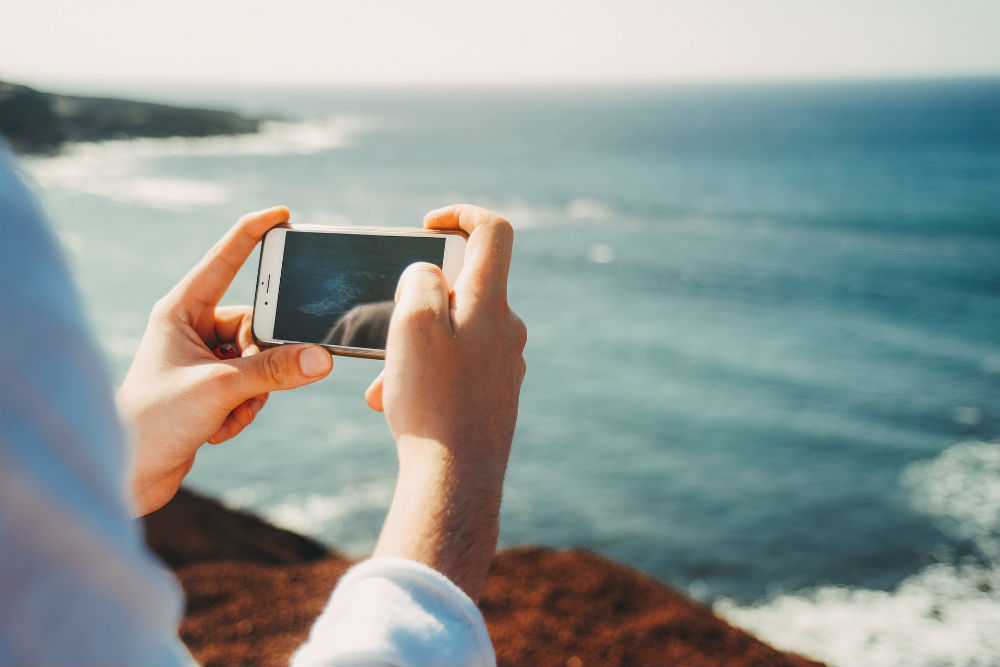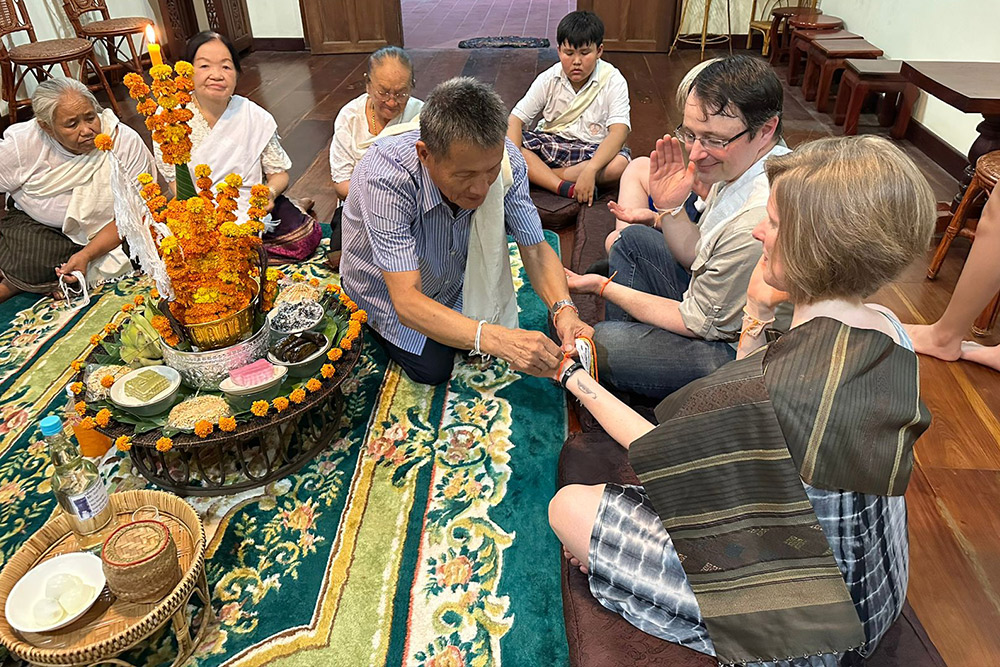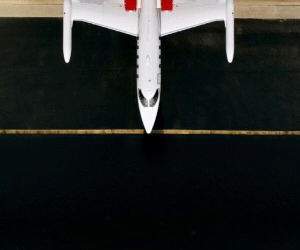Photo Etiquette: How to Take Pictures of People When You Travel
 Kids in Hanoi, Vietnam. Photo: Timothy Baker
Kids in Hanoi, Vietnam. Photo: Timothy Baker Getting good pictures of people without invading their privacy can be a challenge for travelers. The etiquette is devilishly complex: For starters, it depends not only on who the subject is (a street musician, a child skipping rope, a panhandler, a policeman) but also on where he is. In France, for example, you’re breaking the law if you don’t ask permission first.
“A lot of it is situational,” says contributing photographer Tim Baker. “Some people actually like having their photo taken. Some people hate having their photo taken. And a whole bunch of us could go either way, depending on our mood.” As a photojournalist who has traveled to more than 100 countries, Tim often downsizes his equipment when photographing people in public places. “Smaller cameras are better than monster ones,” he says. “Far less intimidating.” The photograph above, made in Hanoi, is a case in point: “Even though I had all my pro photo gear, I used a point-and-shoot-style camera. The other key was taking some time. After the subjects’ initial interest in me, I just stood around for a couple minutes looking away. Their interest in me waned, allowing me to get a nice candid moment. Of course,” he adds, “when taking a little more time, you risk the scene changing.”
Here is a short list of Tim’s strategies for getting the shot while keeping things cordial in most travel situations:
* Explain what you’re doing. “If the subject and I speak the same language, I’ll tell them why I want to take their photo (‘What a beautiful scene. The background fits you perfectly’) and quickly explain my vision.”
* Don’t be pushy. “If you ask permission and it’s denied, don’t try and sneak a photo.”
* Respect your subject’s time. “Be ready to shoot if you get a go-ahead. Don’t pick that moment to change lenses and settings. Make it quick.”
* In a local market, establish a rapport with one of the sellers. “Once accepted by one, the others will often think you are okay to photograph them, too.”
* Make taking a photo of the seller part of the negotiation—as in “Okay, I’ll buy your tchotchke if you pose for a photo.” Pictures of craftspeople with your purchase add to the item anyway.
* Focus on people who are engaged in an activity. The best time to take candids of people is when they are busy—involved in something else like shopping, watching a sporting contest, and so on.
* Be willing to back down. “Sometimes you just have to walk away from what you think is a prize-winning shot because the subject won’t cooperate—unless you think it’s worth risking the subject’s wrath.”
Be a smarter traveler: Use Wendy’s WOW List to plan your next trip. You can also follow her on Facebook and Twitter @wendyperrin, and sign up for her weekly newsletter to stay in the know.










Dear Wendy and Tim,
Greetings and salutations,
Any recommendations for what type of camera to take on a Zambian Safari? Saw you went last year. Know that Tim has pro stuff, but could you at least recommend a camera type (not a brand if you’re prohibited from endorsement) to lug along that doesn’t cost as much as the safari?
Many groovies, and thank you.
Katherine Paiva
Katherine, here is Tim’s reply:
Katherine, you are right: The photo gear I brought on safari in Zambia was indeed professional. Which translates to heavy and expensive. A real commitment to the craft is required.
But our boys each brought one of the newer superzoom compact cameras. These cameras use an electronic viewfinder (EVF) to reduce size and expense. They also have amazing zoom lenses that get you up close and personal to the subjects from quite a distance away. They also offer a very wide-angle view of the zoom range, which seems counterintuitive to safari photos. But you’ll be surprised how many times you’ll be almost too close to the animals—especially if you want to show them in their environment.
We brought a Panasonic and a Nikon for the boys, but I would consider Canon or Sony as well. The cameras range from about $300 to $900. Check out the Panasonic Lumix, Canon PowerShot, Sony Cyber-shot, or Nikon Coolpix. All are very good cameras and would be excellent for general use once you are back home. It’s a very good idea to get them in your hand and give each a test drive to see what best fits you. Is it comfortable to hold? Does the zoom button match up naturally with your fingers? Is it easy to line up your eye with the viewfinder? Does it work with your glasses?
The cameras have a battery life of more than 300 photos (much less if you shoot video. And all these cameras will). Many lodges are off the grid but have some way to charge camera batteries. So always buy at least one spare battery. Two spares would be even better.
Buy high-capacity memory cards so you don’t run out of space. A 64GB card costs about $30 and can hold thousand of pictures.
Buy it well before you go and practice with it. Go to youth soccer games to capture their movements like a herd of impala. Or go to the zoo and practice with your new camera. That way, you will have worked out the kinks before your trip and will be ready for that bull elephant’s mock (we hope) charge.